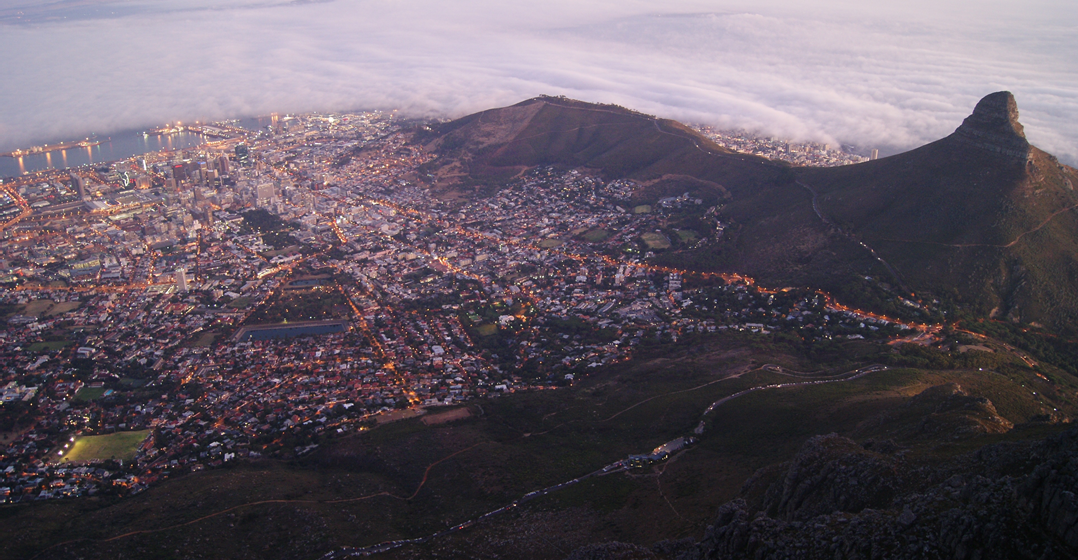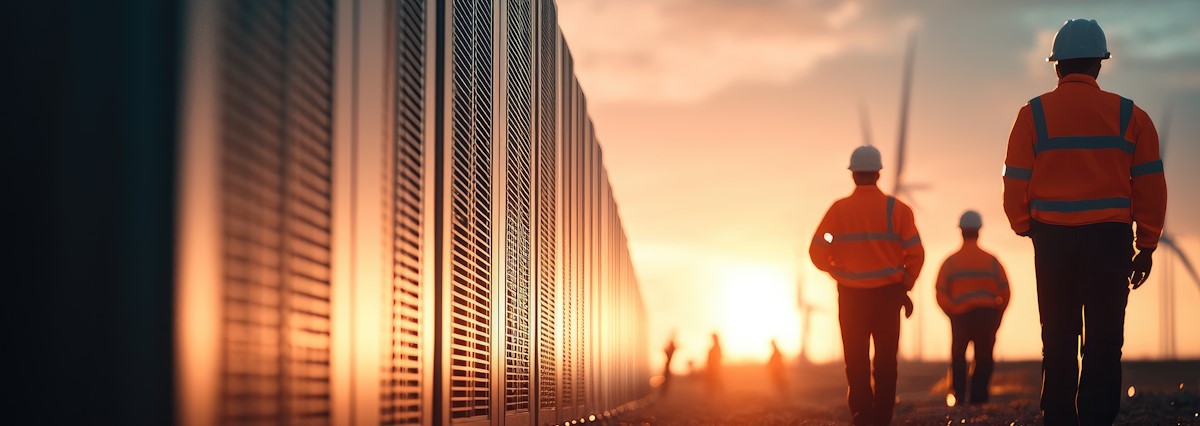Somewhere over the rainbow. Despite political uncertainty, growth recovered. The new President will have to leverage on it to pass difficult reforms.
Green light: External conditions on the mend
External conditions improved significantly during the last two years. As a commodity exporter, South Africa’s exchange rate and inflation evolutions are well explained by export price evolutions. The plunge in metal prices implied Rand weakness, triggering inflation persistence. But the things have changed a lot. Industrial metal prices have recovered a bit: They are still below their 2011 peak by -35%, but they were at -60% two years ago. The search for yield was another positive driver. It pushed capital flows higher and smoothed the impact of sovereign rating downgrades and bad public debt dynamics on long-term interest rates. Currently, 10-year government bond yield is approaching the level observed 6-years ago (8.3%), with quite the same core inflation conditions (+4.1% y/y in January 2018).
Almost blue: Low inflation matters
A setback is always possible, since lower than low unemployment is expected in the US this year (3.5%), pushing long-term inflation expectations above +2%. But, it should not derail capital flows to high yielders since a significant tightening of interest rate conditions is not likely. Indeed, low growth during the last 4 years has finally fueled some rebalancing in the South African economy. Core inflation reached its lowest level in the last 6 years and with recent ZAR appreciation (+18% from November lows), we expect headline inflation to remain muted (+4% on average in 2018).
This was a wakeup call for the private sector. Business confidence came out in January to 99, its best level in the last two years, a trend increase from the historical low observed in August. Moreover, the consumer was also quite more eager to spend, and retail sales accelerated to +5.9% y/y in December (3 months average).
Dark matter: Raindrops keep falling on my head
However, the likely growth acceleration should remain subdued, to +2% in 2018 from +1.3% in 2017. Bottlenecks are an explanation. The low level of investment in infrastructure has detrimental effects on water resources as well as power supply, increasing the impact of regular droughts on the agricultural output. Politics is also hampering the recovery, since the poor adjustment of public finance weighed on public debt dynamics (expected at 55% of GDP in 2018, from 49.3% 3-years ago). Plans from the new Ramaphosa’s administration were not detailed yet. But, two set of measures will be implemented. On the fiscal side, the sales tax will be raised from 14% to 15% will help to stabilize the fiscal deficit (-4% of GDP in 2018), with some plausible negative consequences on growth in the short-run. The other aspect will be to restructure inefficient and indebted SOEs, in order to reduce their impact on public finance and channel more funds to infrastructure investment, a priority set by the new President to his new government.
Chart 1 SACCI Business Confidence index















